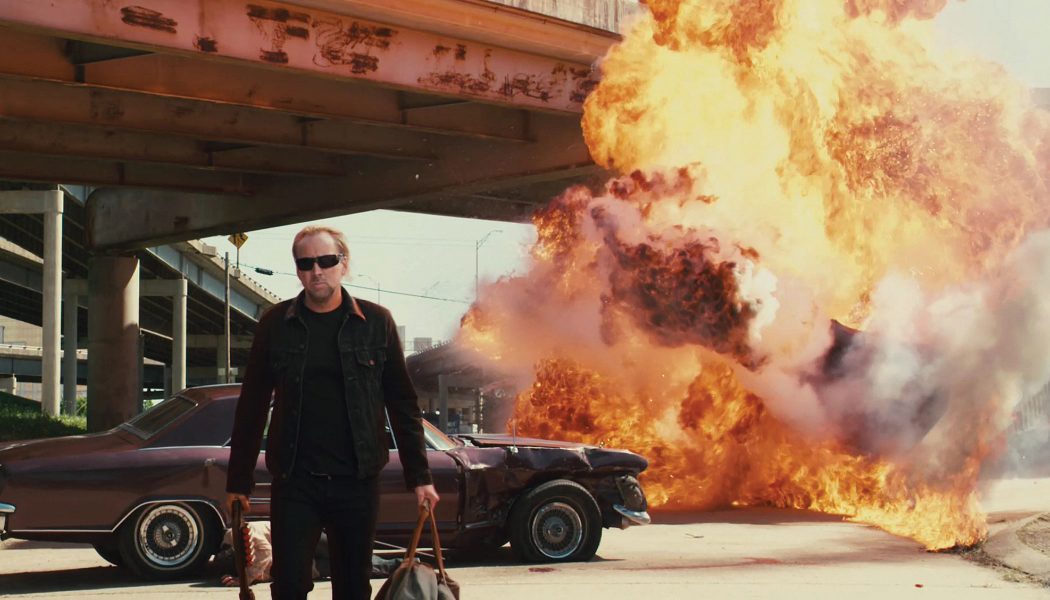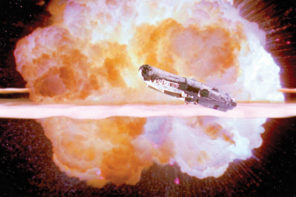L’arrivée d’un train en gare de La Ciotat, one of the very first films ever shown to the public, depicted an oncoming train.
As the train hurdled toward the camera, people shrieked and ran from the theatre (or at least that’s how the story goes— even in 1896 filmmakers might have stretched the truth to sell a ticket). No matter how true the reports of the panic precipitated by the showing of the brothers Lumière’s 50-second silent short are, the audience was undeniably thrilled by what is arguably the first action sequence. And though they might have become a bit more sophisticated in the ensuing 120 years, moviegoers still love a good adrenaline rush.Chemical reactions via explosions are what blows blockbusters up and the formula is basically the same. Build up pressure and then release it.
Summer’s the season of the blockbuster. The bigger-badder-louder-faster-furiouser franchises and tentpoles give people more reason than just a couple of hours of AC to fork over $15. From the thinly embroidered extended car chases that are the Fast and the Furious films to the spies, detectives, secret agents, buddy cops, aliens, assassins, superheroes and just-your-average-guy-trapped-in-a-bad-situations to the many, many, many variations on destroying/ blowing up the earth, these films are packed with explosions, spinouts, crashes, booming boom sounds, preposterous premises, flimsy plots and even more flimsily attired female costars, quick cuts, burning rubber, wreckage and Nicolas Cage walking toward the camera in slow motion shaking broken glass from his hair extensions, sweat dripping down his furrowed brow as smoke billows behind him. All are fine uses of the 30- foot high screens and one hundred million Dolby Digital Surround Sound speakers you find in a typical theatre these days.
Blowing Up
It’s no mere coincidence that Nicolas Cage’s character in The Rock is a chemist. Chemical reactions via explosions are what blows blockbusters up and the formula is basically the same. Build up pressure and then release it. Cage’s opening scene in The Rock, where he diffuses a doll that’s spewing corrosive chemicals and wired to blow the whole damn building, sets in motion the anticipation of things going boom later. And we are not disappointed. But first we are treated to the glorious spectacle of Nicolas Cage flooring it in a yellow Ferrari in tire-screeching pursuit of Sean Connery in a Humvee through the streets of San Francisco. This isn’t chemistry. Just magic.
The chemistry comes in the form of thermal decomposition reactions. This combustion tears apart chemical bonds releasing their kinetic energy and producing heat and gases many times the mass of the solids. The reaction happens so quickly it creates a build-up of pressure that releases in the form of a shockwave, heat and gasses. In layman’s terms, things go boom real good.
Trinitrotoluene combined with nitroglycerin, or dynamite, packs a pretty big punch for its size, and that power—the shockwave of energy produced— is known as the brisance. There is a working theory that there is a brisance-to-box office correlation, but this is out for peer review with the Whalebone Chemical Society.










